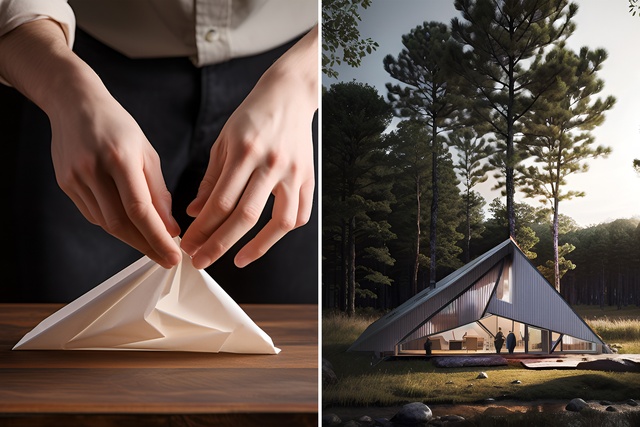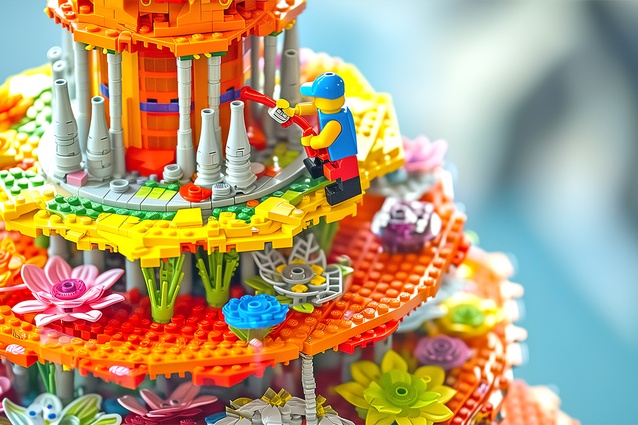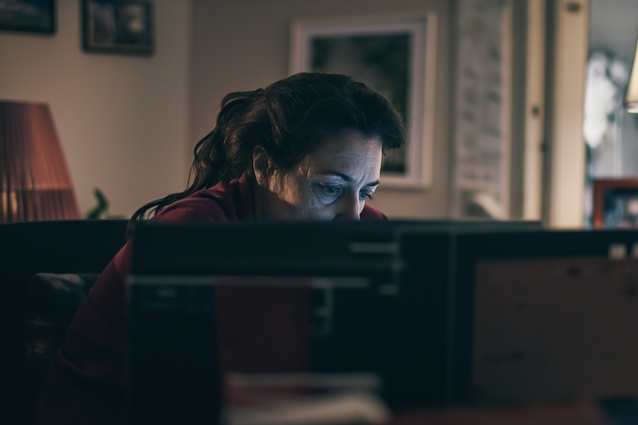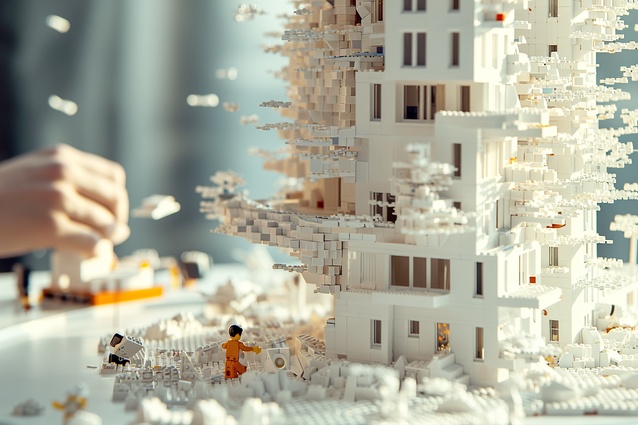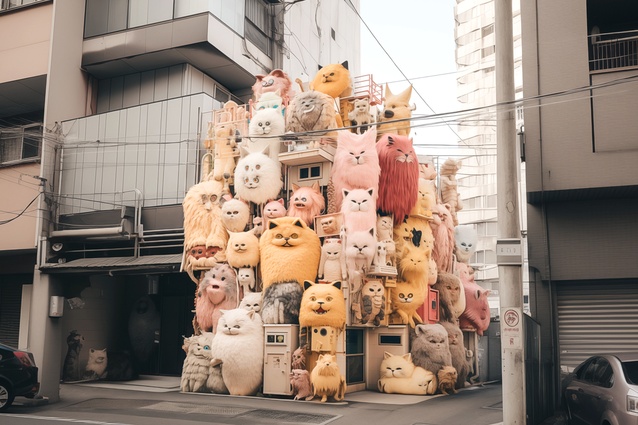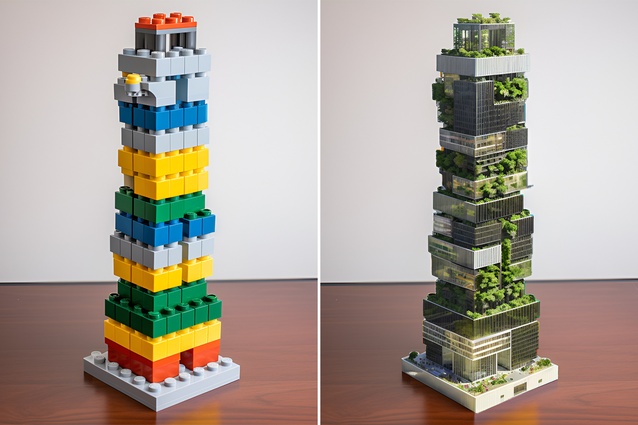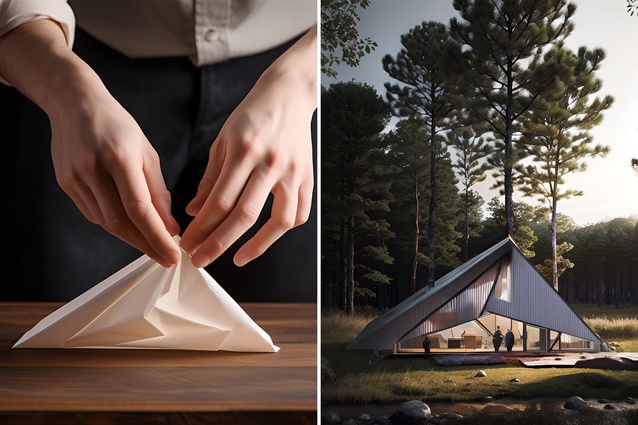The AI play revolution: Rekindling creativity in architecture
First sparks
As a child, I was mesmerised by the endless creative possibilities within a box of LEGO®. I spent days constructing elaborate stages for my favourite band, Queen, imagining their most spectacular performances. Those rudimentary building blocks were more than plastic to my 10-year-old self; they were an object of boundless creativity, laying the groundwork for my future in architecture.
This story echoed among my peers, has become something of a meme, a truthful cliché in our field. It seems many architects’ journeys began on the floor, surrounded by LEGO®, igniting their passion for building. However, as we transitioned into professional architecture, the tactile joy of those LEGO® blocks gave way to digital realms. We swapped physical building models for digital tools like Revit, AutoCAD, and SketchUp.
These digital programs, while efficient and precise, lack the tangible joy and spontaneous creativity of our early play. The direct, hands-on interaction was replaced by abstract clicks and the glow of screens, marking a significant shift in our creative expression.
The digital shift: Losing touch with creativity
The transition to digital tools, while revolutionary, has come with its own set of challenges. The seamless, perfect lines of 3D and 2D modelling software, though efficient, began to overshadow the fun, exploratory design that is inherent to the creative design process. The unpredictable nature of hands-on design, where a chance adjustment could lead to unexpected inspiration, was lost in the precision of digital tools. This shift marked a significant change in the architectural process, moving away from the tactile, creative explorations of our youth.
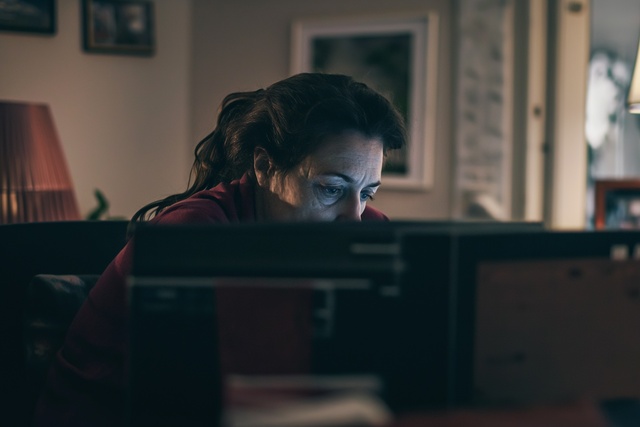
AI: A bridge back to creative roots
The advent of AI in architecture has started a new chapter, bridging the gap between digital precision and creative exploration. Technologies like Midjourney and Stable Diffusion in combination with ControlNet are more than just tools — they’re catalysts for creativity. With AI, a simple sketch or a foam model can evolve into a detailed and viable design. This fusion of the old and new is reigniting the passion many architects once felt, blending the accuracy of digital design with the playfulness of our early experiences.
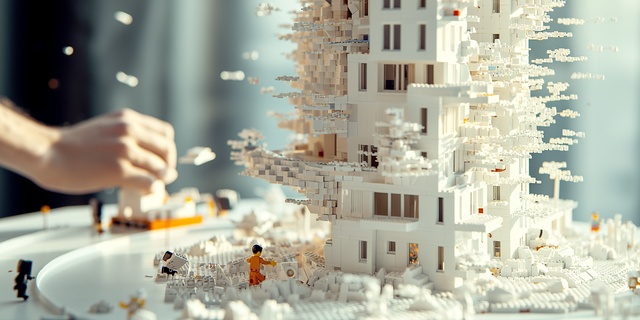
Reviving the playful spirit in architecture
Hopefully, AI will soon enable a return to our creative roots. Simple materials like LEGO®, foam, or paper will be the starting points for sophisticated, complex designs. This melding of traditional modelling with advanced technology restores the joy and exploration of our initial forays into architecture. With AI, we can rapidly prototype with basic materials and refine these concepts into professional designs.
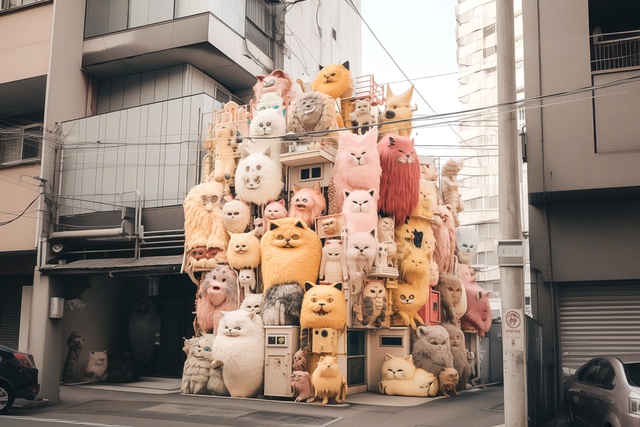
Case studies: The power of playful design
In practice, the impact of this technology is profound. For instance, a basic LEGO® model of a sustainable tower, conceived during a brainstorming session, was transformed into a detailed architectural plan through AI. This process preserved the creative essence of the original model while enhancing its specificity and representation, showcasing the harmonious blend of playfulness and professionalism.
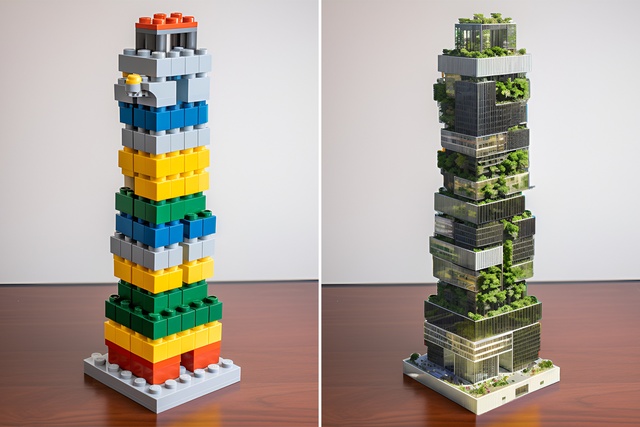
The future of architecture: Embracing AI for creative freedom
As architects, we are on the cusp of a transformative era. AI is not just a tool for efficiency but a medium for creative expression. It liberates us from the constraints of traditional methods, allowing us to experiment and explore with the same freedom we enjoyed as children. It encourages us to think creatively, to approach design with a sense of play and innovation.
Conclusion
The integration of AI in architecture symbolises a return to our fundamental love of building and designing. It reminds us that at the core of architecture are creativity and imagination.
When embracing these new technologies, we reconnect with the essence of our profession, where the joy of creation is as crucial as the creation itself. In this blend of past and future, we can rediscover the playful spirit that ignited our architectural journeys, ensuring that architecture remains as much an art as it is a science.
